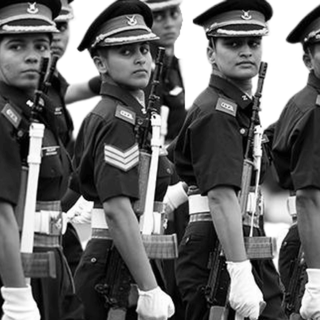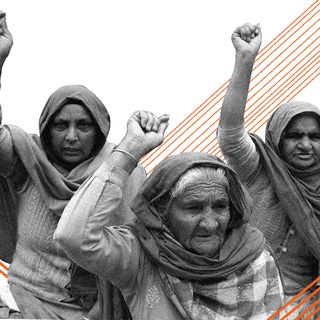In 2020, Kanye West’s bid for U.S. presidency, the Eurovision Song Contest, and the launch of PlayStation 5 all enjoyed many times more media coverage than 10 of the world’s worst humanitarian crises combined, a new report by Care International finds. 2020 marked the year when people affected by humanitarian crises, and therefore in dire need of assistance, shot up by 40% — to 235.4 million people, according to estimates by the United Nations. It was the largest-ever increase in crisis-affected people within a single year.
The media remained largely quiet on the inequities that deepened due to climate change and the Covid19 pandemic, despite reporting widely on these topics, a phenomenon the report attributes to the “limited perspective of the Global North.” Care International recorded 10 of the world’s worst international crises, and how many news articles addressed them, finding numbers that ranged from 542 about Guatemala, where entire populations are desperate for food, to 2,143 about Zambia, where extreme weather conditions are causing severe flooding and drought. In comparison, the number of media articles accorded to the launch of Playstation 5 amounted to 334,000, the coverage of the Eurovision Song Contest warranted 50,300 articles, and Kanye West’s run for presidency resulted in almost 40,000 pieces.
In the meantime, severe hunger in Burundi, extreme poverty in the Central African Republic, elder abuse and neglect in Ukraine, severe climate emergencies in Madagascar, increased child marriages in Malawi, and conflict in Pakistan affected millions of people but remained largely underreported and ignored by the rest of the world. This, the report states, robbed humanitarian crises of the attention they needed in order to attract funding that could have helped the people suffering from them.
The media, per the report, is straying farther and farther from being able to report important, necessary news due to revenue, which is often dictated by the level of engagement any one news piece can get on social media. This then becomes a metric to attract funding to keep media outlets going, which has demonstrably turned them into content creation machines concerned more with what their demographic wants to see read about, and less with what needs to be brought into the spotlight.
The problem with media organizations becoming increasingly user-centric, letting their users’ engagement dictate what they do and don’t cover, is that users, especially on social media, are losing their attention spans, while also becoming desensitized to issues that don’t impact them. Selective empathy, coupled with the high-powered hourly roll-over of news facilitated by social media, leaves no room for humanitarian crisis coverage to be profitable, which ultimately translates to ignorance and silence — and worsening crises.
Related on The Swaddle:
UN Warns World Heading Toward Famine of ‘Biblical Proportions‘
The media, however, is society’s major source of information, enabling awareness, aid, and in many cases, even long-term change. Without the amplification lent by media outlets and journalists on the ground, the hundreds of millions of people who need aid will most likely be left to the devices of people in their immediate surroundings and to the mercy of a few charitable organizations working in the area. When speaking of extremely poor countries, this scenario doesn’t bode well for their populations.
In order to fix the problem, Care International offers a few suggestions. First, journalists should be allowed easy access to data, people, and government officials, so they’re able to report on issues accurately and in a robust manner; intimidation and censorship should be reduced to aid this exercise. Readers and philanthropists should fund independent, ethical media so outlets don’t have to rely on user engagement to stay in business. And to all social media influencers: go beyond the hashtag, so people can “engage and communicate with – and not just about – affected people in all their diversity.”




